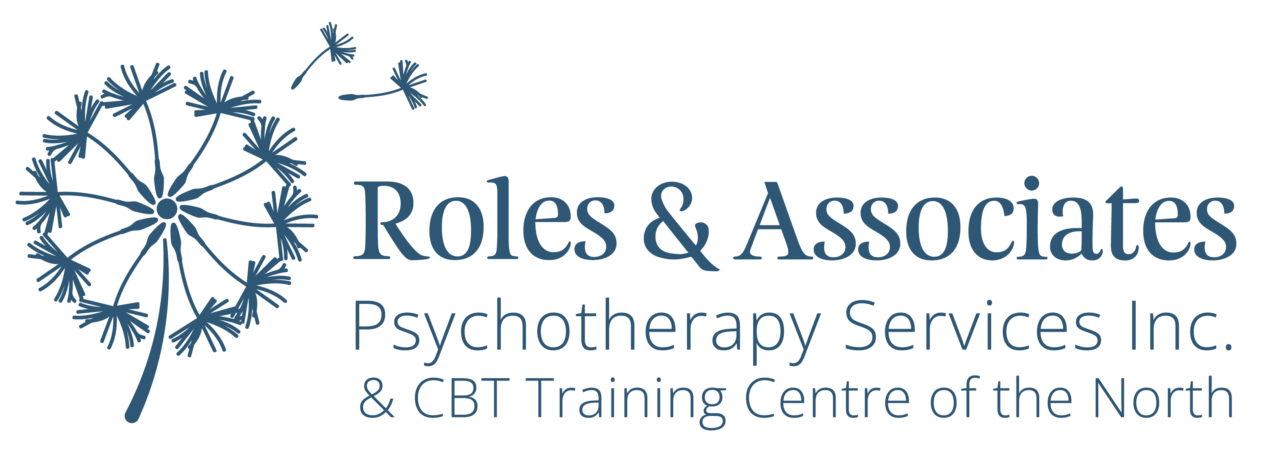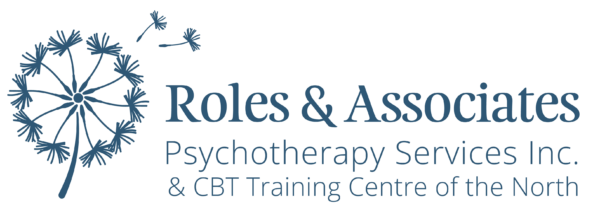What are Eating Disorders?
Eating disorders are characterized as severe and persistent disturbances in eating patterns that are often associated with distressing thoughts and emotions. Eating disorders affect approximately 5% of the population, and while they can occur at any age and affect any gender, they most often develop during adolescence and young adulthood and occur predominantly in women.
Many factors can contribute to the development of an eating disorder. These factors may be biological (including genetic and biochemical), psychological (influenced by personality and mental health), and/or social (influenced by cultural norms regarding food and appearance).
General symptoms of eating disorders may include or vary within:
- binge eating;
- food restriction;
- purging, irregular sleep patterns;
- low blood pressure;
- chronic fatigue;
- preoccupation with food, weight and calorie counting;
- and compulsive exercise.
Eating disorders also appear on a spectrum and include conditions such as anorexia nervosa, bulimia nervosa, binge eating disorder, rumination disorder, and avoidant/restrictive food intake.
Anorexia nervosa is an eating disorder characterized by symptoms that may include extremely low body weight, fear of gaining weight, and/or any behaviours that prevent one from maintaining a regular body weight.
Common symptoms include:
- anemia;
- insomnia;
- fainting;
- always feeling cold;
- low blood pressure;
- dehydration;
- and social withdrawal.
Individuals with anorexia restrict and reduce their food intake and this is done by self-induced vomiting after eating or abusing laxatives. An important part of this eating disorder is body image and these behaviours occur due to obsessive thoughts concerning appearance.
Bulimia nervosa is a severe eating disorder where individuals will binge eat and purge. Binge eating is eating an excessive amount of food and then proceeding to purge to dispose of the calories. This eating disorder can be life-threatening and similar to anorexia and is often related to self-image. Individuals will obsess over their body weight and appearance and constantly worry about gaining weight. Other common methods used to prevent weight gain are:
- excessive exercise;
- abusing laxatives;
- and using diet supplements.
Bulimia can be closely associated with anxiety and depression as individuals will constantly feel negative about themselves.
Binge eating disorder is characterized by constantly eating large amounts of food and being unable to stop eating. Individuals feel compelled to overeat and often eat quickly even when they feel full.
Common symptoms include:
- body weight changes;
- always eating alone;
- feeling guilt and anxiety;
- and dressing in layers.
Eating excessive amounts of food during a short period of time is called an episode and will most often occur.
Rumination disorder is a behavioural-focused disorder where undigested food is regurgitated and swallowed again or is spit out. This is a rare eating disorder, however, for those who experience it this usually occurs after every meal. These actions are unconsciously done as it is more of a reflex. This is commonly found in children and can be a learned habit that the body is used to.
Common symptoms include:
- usual regurgitation;
- bad breath;
- and weight loss.
Rumination disorder is often confused with bulimia nervosa, however, the difference is the specific behavioural component of regurgitating.
Avoidant/restrictive food intake involves restrictions on the amount and types of food consumed. This is similar to anorexia, however, has less of a connection to self-image and body image. Individuals will not consume enough calories that their bodies need which can result in anorexia or bulimia nervosa later in life. This can occur in childhood and pose serious health risks, especially for children who are picky eaters.
Common symptoms include:
- extreme weight loss;
- constipation;
- anemia;
- anxiety over eating;
- weak immune system;
- and trouble concentrating.

Approaches to Therapy Treating Eating Disorders
We use a client-specific protocol, combining various methods and approaches of therapy for treating eating disorders.
Eating disorders can pose high-risk impacts on one’s physical, psychological, and social functioning. Our team, therefore, works closely with clients’ primary health care providers to ensure that clients are receiving the best possible treatment.
Acceptance and commitment therapy (ACT) is an action-focused therapy approach where clients learn to accept their emotions and feelings rather than deny or avoid them. They also learn to accept their difficulties and needs as well as work on behavioural changes.
Cognitive behavioural therapy (CBT) is a goal-oriented type of therapy that teaches the client how to first recognize and then change unhealthy ways of thinking and behaving. With the use of in-session practice and homework of skills to work on between sessions, this treatment is tailored to fit the client's goals and is a highly evidence-based collaborative psychotherapy.
Compassion focused therapy (CFT) is a type of psychotherapy that encourages individuals to be compassionate toward others as well as themselves. This type of therapy is primarily used for clients that struggle with self-criticism and self-contempt. CFT often includes exercises to practice mindfulness and appreciation. Sessions focus on examining the ways we talk to ourselves, where we might have first developed the particular tone and word choices used, and how we can make changes to how we speak to ourselves to increase self-compassion and appreciation.
Exposure and response prevention (ERP) is a cognitive and behavioural type of therapy used to treat OCD, where the therapist first teaches the client ways to cope with their anxiety, such as methods of relaxation, how to address and how to stop intrusive and obsessive thoughts. Next, the therapist encourages the client to work on being exposed (safely) to their triggers, in order to learn how to cope with them while in the moment without resorting to compulsions. In time, clients report their symptoms subsiding as they gain control over their thoughts.
It is the nature of the mind to be made up of subpersonalities or parts. Subpersonalities are aspects of our personality that interact internally, similar to the ways in which people interact. These sub-personalities can consist of wounded parts and painful emotions such as anger and shame. Underlying the parts is a person’s core or true Self. The Self can and should lead the individual's internal system.
Internal Family Systems (IFS) therapy helps individuals achieve balance and harmony within their internal system and subpersonalities/parts.
Using IFS, the clinician will support individuals in developing their Self so it can be an effective leader in their internal system. When the Self is in the lead, the parts will provide input to the Self and help to elevate “wounds” so that individuals can find their natural balance. IFS is suitable for individuals, couples, and families, and it can effectively treat a variety of conditions such as depression, anxiety, panic, phobias, trauma, substance use, physical health conditions, and general well-being.
Contact Form
To request an appointment, please fill out your information using our secure form below and we will be in touch shortly. For more information, please contact us by phone or email: 705-929-1612 ext.6, [email protected].

